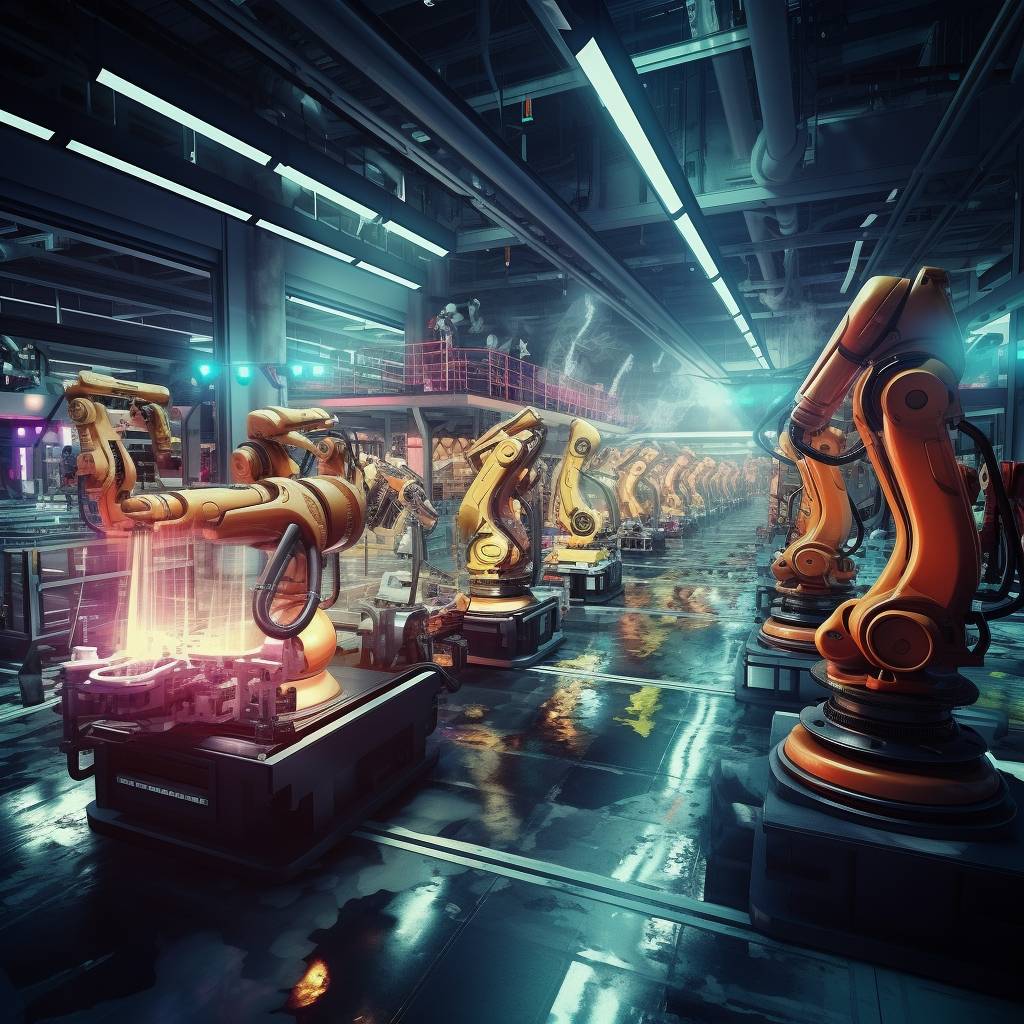The world of robotics has seen a significant shift in operating systems (OSes) since the sale of Unimate, the first industrial robot, to General Motors in 1960 by inventor George Devol. Initially, the focus was on manufacturing, then academia took the spotlight, and now the industry is back in the limelight. Ayanna Howard, Dean of Engineering at The Ohio State University, observed that most researchers believe that the most challenging issues in operating systems have been resolved. This has led to an increased focus on proprietary OSes, designed to optimize specific applications.
In the realm of robotic systems, some of the challenging issues lie in the processing of data and instructions. These include parallel processing, data transfer from RAM to the microprocessor, and managing the numerous on-chip computations from sensor data.
One such proprietary OS is Omron’s, a company that specializes in industrial automation and electronics components. According to Luke Broyer, principal software engineer at Omron Robotics and Safety Technology, the company relies heavily on Linux for all its operating systems. Some of their software is designed for Omron’s automated mobile robots (AMRs), which use an x86 computer for high-level path planning and general autonomy. These robots also have a microcontroller (MCU) for real-time tasks like communicating with amplifiers and processing geometric data. The computer and microprocessor communicate using various methods, including serial and MQTT.
Another example of a proprietary OS is found in Dusty Robotics’ construction layout robots. Initially, Dusty Robotics used an open-source middleware named ROS (Robot Operating System). However, Tessa Lau, CEO of Dusty Robotics, revealed that they decided to move away from ROS, despite its popularity among robotics companies. Lau explained that while ROS is excellent for prototyping and R&D, it was not necessary for their robots’ needs. Instead, they replaced ROS with a custom stack designed specifically for their robots.
Contrary to Lau’s decision, Malik Saadi of ABI Research noted that more than 740 companies are developing ROS-based robots. These include well-established OEMs like Bear Robotics, Canvas, Clearpath Robotics, Fetch Robotics, Gideon, John Deere, Locus Robotics, MiR, Ocado, and Vecna Robotics. He added that tech giants like Amazon, Google, and Microsoft have also shown interest in ROS. Saadi predicts that by 2030, about three-quarters of the world’s commercial robots will incorporate a ROS package.
However, an overview paper of the open-source software notes that ROS isn’t a robot OS “in the traditional sense.” Matt Robinson of ROS-I Americas echoed this sentiment, describing it as a middleware framework that enables interaction between various components to achieve objectives like picking up objects or painting.
Larry Sweet of the ARM Institute highlighted the value of ROS in interfacing with different sensors, saving system integrators from having to write interface code repeatedly. Despite its benefits, the shift towards proprietary OSes signifies a trend towards optimization for specific applications in the robotics industry.
In conclusion, the shift from academic to proprietary robot operating systems reflects an evolving landscape in the electronics industry. As robotics continue to advance, we can expect more customized solutions tailored to meet specific needs in various sectors. The future of robotics is indeed promising and will undoubtedly revolutionize how we interact with technology in our daily lives.
